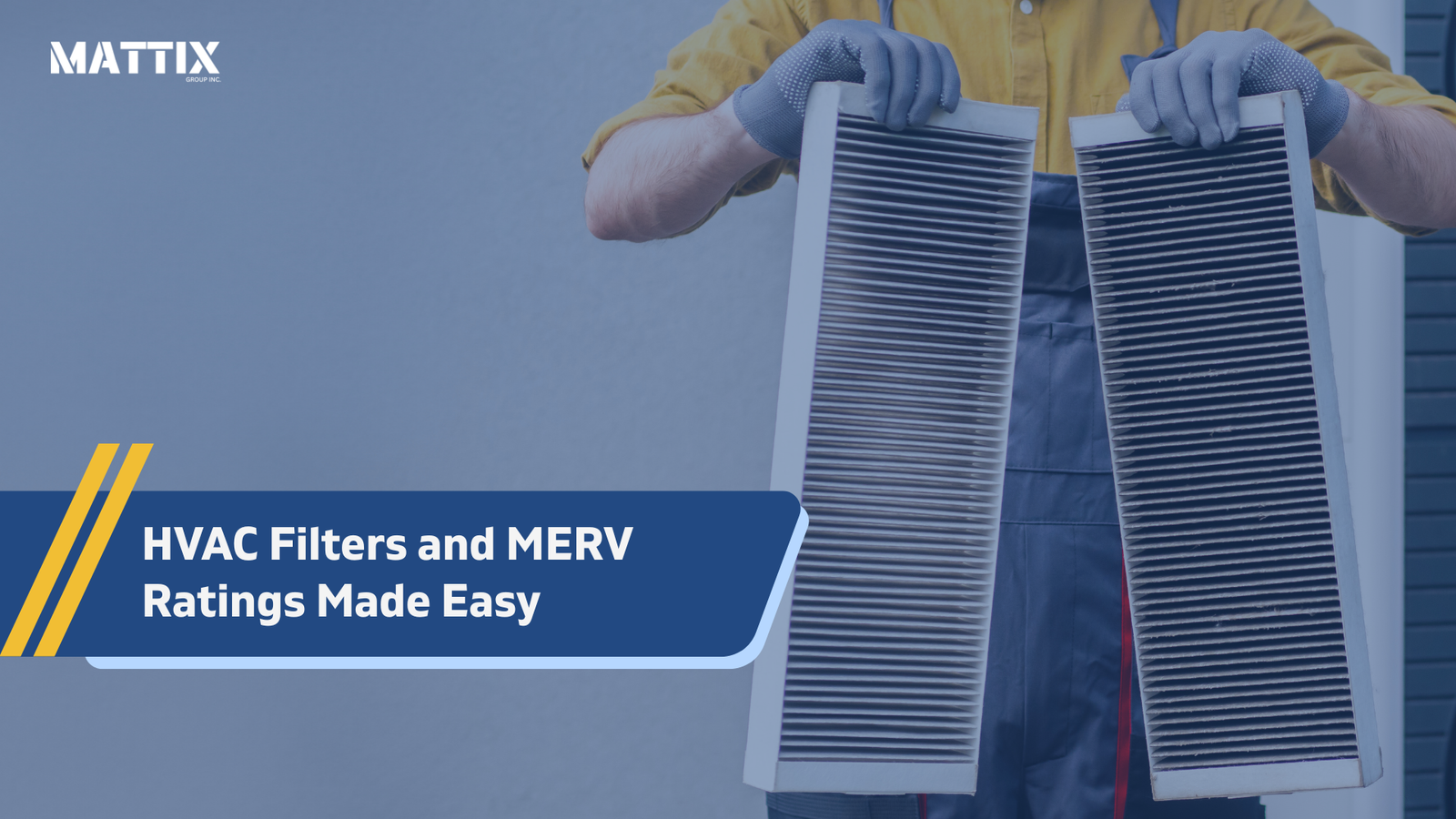
IIndeed, it’s one of the most overlooked components in our homes, silently working behind the scenes. However, this simple piece of equipment holds the power to transform your living space. Consequently, it impacts everything from your family’s health to your monthly energy bills. Specifically, we’re talking about your HVAC filter, the unsung hero of your home’s heating, ventilation, and air conditioning system.
For many, the world of HVAC filters is a confusing labyrinth of acronyms and technical jargon. But what if you could not only understand it but also master it? Fortunately, this comprehensive guide will demystify the essential “best HVAC filters.” Furthermore, it will provide a clear, detailed answer to the question, “what is MERV rating?”. In short, prepare to breathe easier, save money, and ultimately create a healthier haven for you and your loved ones.
What is MERV and Why Does It Matter for Air Filters in HVAC?

First, let’s start with the most fundamental question: What does MERV mean? In simple terms, MERV is an acronym for Minimum Efficiency Reporting Value. Furthermore, it is a standardized rating scale developed by the American Society of Heating, Refrigerating, and Air-Conditioning Engineers (ASHRAE) specifically to measure the effectiveness of an air filter.
So, what does MERV mean in the context of air filters? Essentially, the MERV rating on the side of a filter’s packaging or frame gives you a score of its ability to capture and hold airborne particles. Generally, the scale for residential filters ranges from 1 to 16. Consequently, the higher the MERV number, the denser the filter media and, therefore, the smaller the particles it can trap.
As a result, this single number allows you to easily compare the performance of different filters. This, in turn, helps you choose one that best suits your home’s needs for air quality. Ultimately, it takes the guesswork out of buying a filter and replaces it with a reliable, industry-backed standard.
Breakdown of the MERV scale:
- First, let’s examine MERV 1-4. At this level, you find the most basic, disposable fiberglass filters. Primarily, they are designed to protect your HVAC system from large debris such as lint, carpet fibers, and large dust particles. However, they do very little to improve indoor air quality.
- Next, we move to MERV 5-8. This range represents a significant step up and, consequently, is often considered the ideal balance for most homes. So, what does MERV 8 mean specifically? In essence, a MERV 8 filter is highly effective at capturing smaller particles that basic filters miss. For instance, this includes common allergens like mold spores, pet dander, dust mites, and pollen. As a result, it provides excellent filtration for the average household, noticeably improving air quality without overly restricting airflow. This, in turn, keeps your HVAC system running efficiently. For this reason, MERV 8 is one of the most frequently recommended ratings for residential use.
- Furthermore, there is the MERV 9-12 range. If you have family members with moderate allergies or you live in an area with higher pollution, then this is an excellent choice. Specifically, these filters trap everything a MERV 8 filter does, in addition to even smaller particles like lead dust and emissions from vehicles. A MERV 11 filter, for example, is a popular choice in this category.
- Finally, we have MERV 13-16. These are high-efficiency filters intended for homes where air quality is a top priority. For example, this includes households with individuals suffering from severe allergies, asthma, or other respiratory conditions. A MERV 13 filter, for instance, can capture fine particles like smoke, smog, bacteria, and even some virus carriers. However, these filters are much denser and can significantly restrict airflow. Therefore, it is critical to ensure your HVAC system is rated to handle them.
What MERV Rating is Best for Home Use? The Balancing Act
This is the crucial question for every homeowner. While it might seem logical to just grab the highest MERV rating for the cleanest air, this can be a costly mistake. Finding out what MERV rating is best for home use involves a crucial balance between filtration efficiency and airflow.
A filter that is too dense (with a very high MERV rating) for your specific system forces the unit to work much harder to pull air through. This strain can lead to:
- Higher Energy Bills: Your system uses more electricity to compensate.
- Reduced Comfort: Uneven heating and cooling can result from poor airflow.
- System Damage: The extra strain on the blower motor can lead to premature failure and expensive repairs.
The Golden Rule: For the majority of modern homes, a filter in the MERV 8 to MERV 13 range provides the best balance of superior air filtration and efficient system operation. This range effectively captures common allergens without choking your HVAC system. Always check your HVAC unit’s manual or consult a technician before installing a filter above MERV 13.
HVAC Common Confusion: MERV Ratings vs. Merv Griffin
Let’s clear up a common and understandable point of confusion. You might be wondering, Is Merv Griffin alive? While the name “Merv” sounds very similar to the acronym “MERV,” they are completely unrelated.
Merv Griffin was a beloved American television host, musician, and creator of iconic game shows like Jeopardy! and Wheel of Fortune. He is not alive; he passed away on August 12, 2007. The similarity in names is purely a coincidence. So, when you’re shopping for air filters, remember you’re looking for MERV, the efficiency rating, not Merv, the TV legend.
When and How: A Guide to Filter Replacement
Knowing when and how to change your filter is just as important as choosing the right one.
How Often Should You Change Your Filter?
The standard recommendation is to replace your HVAC filter every 90 days. However, this is just a guideline. The ideal frequency depends on several factors:
- Filter Type: Basic fiberglass filters should be changed monthly, while 1-inch pleated filters typically last up to three months. Thicker, 4- or 5-inch pleated filters can last even longer, from six months to a year.
- Having Pets: Pet dander and hair clog filters quickly. If you have a dog or cat, plan to change your filter every 30-60 days.
- Allergies or Asthma: For households where respiratory sensitivities are a concern, more frequent changes—every 20 to 45 days—are highly recommended to maintain optimal air quality.
The Visual Test:
The easiest way to know if your filter needs changing is to perform a monthly visual inspection. Hold it up to a light source. If you can’t see the light passing through it, it’s saturated with contaminants and ready to be replaced.
FAQs about MERV Ratings
Let’s clear up a few more common questions.
- What does MERV mean?
MERV is an acronym that stands for Minimum Efficiency Reporting Value. - What does MERV mean in air filters? / What does MERV mean on air filters?
The MERV rating on an air filter is a score that tells you how well it captures airborne particles. The scale goes from 1 to 16 for home use. A higher number indicates a more effective filter that can trap smaller particles. - What does MERV 8 mean?
A MERV 8 filter is a great mid-range option for most homes. It means the filter can effectively capture common airborne particles like dust mites, mold spores, and pet dander, providing a good balance between air filtration and system efficiency. - Is Merv Griffin alive?
While the name sounds similar, the TV host and creator Merv Griffin has no connection to MERV ratings for air filters. He passed away in 2007.
Proactive HVAC Maintenance for a Healthier Home
While the filter is a critical piece of the puzzle, a truly healthy home environment involves a more holistic approach to HVAC care.
- Keep the Outdoor Unit Clear: Ensure the area around your outdoor condenser unit is free of leaves and debris.
- Check and Clean Vents: Regularly inspect your indoor vents and registers to ensure they are not blocked.
- Schedule Professional Tune-Ups: An annual professional maintenance check is essential to keep your system running safely and efficiently.
By embracing these practices, you’re not just performing routine maintenance; you’re making a proactive investment in your home’s comfort, your system’s longevity, and most importantly, your family’s health. You’re transforming your home into a sanctuary of clean, fresh air, one filter change at a

